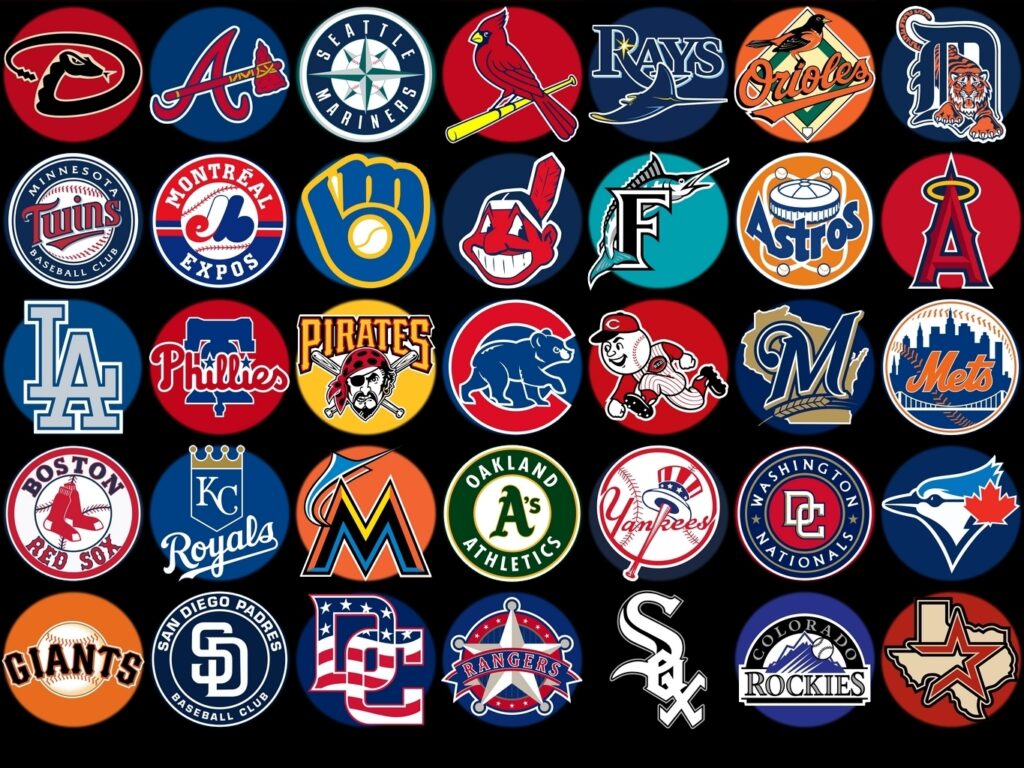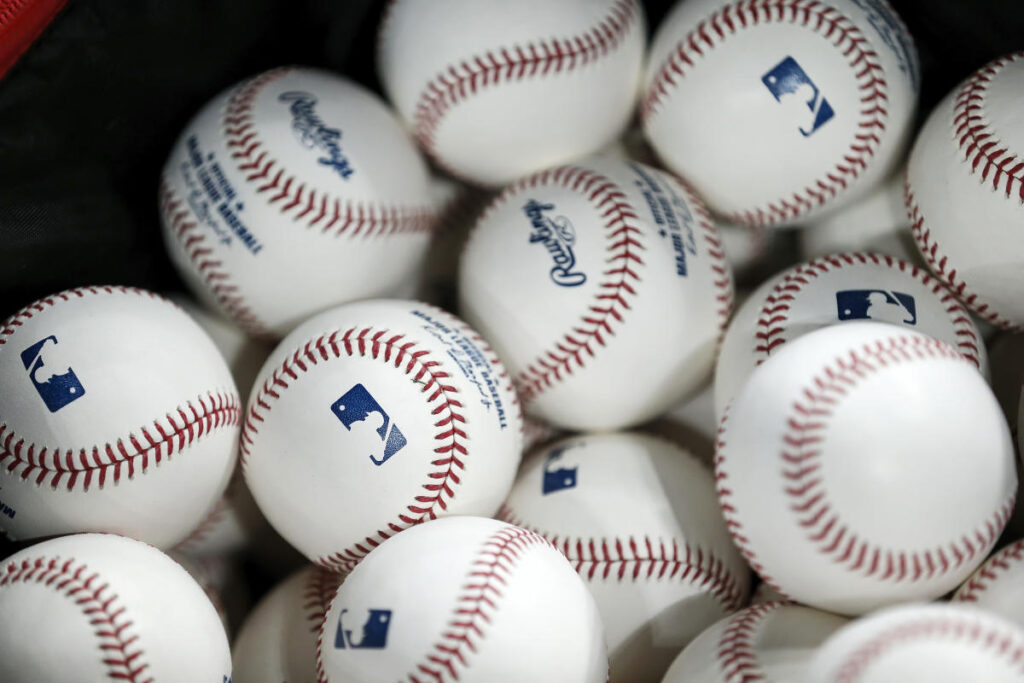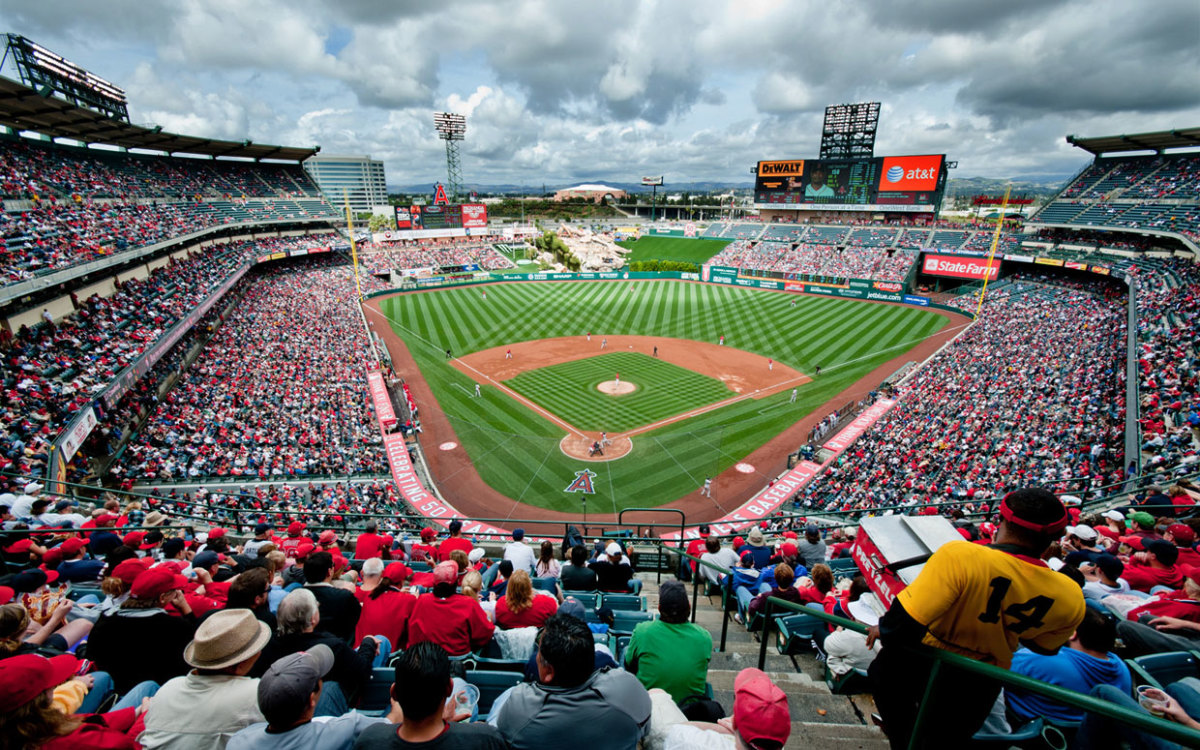The Evolution of Major League Baseball: From Sandlots to the Big LeaguesB2
Introduction
Big-league baseball, often referred to as Major League Baseball (MLB), stands as the pinnacle of professional baseball worldwide. It encompasses the highest level of competition in the sport and comprises two leagues: the American League (AL) and the National League (NL). With a rich history dating back to the late 19th century, MLB has become an integral part of American culture and a global phenomenon.

The Birth of a National Pastime
Baseball’s origins in the United States can be traced back to the mid-19th century, where it began as an informal pastime played in rural areas and urban communities alike. The first recorded baseball game was played in 1846 in Hoboken, New Jersey, and it wasn’t long before the sport’s popularity grew. The first professional baseball team, the Cincinnati Red Stockings, was formed in 1869, marking a pivotal moment in the game’s development. The sport quickly spread to other cities, and as the professional teams multiplied, a league structure began to emerge.
The Formation of the National League
In 1876, the National League (NL) was founded, becoming the first major professional baseball league. The NL introduced rules and regulations that laid the foundation for modern baseball, including nine players per team, nine innings per game, and a set pitching distance. This marked the beginning of organized, professional baseball, and the NL’s success paved the way for the formation of other leagues.
Rival Leagues and the American League
The late 19th and early 20th centuries saw the emergence of several rival leagues, including the American Association and the Players’ League. However, the most significant development was the formation of the American League (AL) in 1901. Led by visionary figures like Ban Johnson, the AL posed a direct challenge to the NL’s monopoly on professional baseball. The competition between these two leagues intensified, and in 1903, the first modern World Series was held, a best-of-nine contest between the Boston Red Sox and the Pittsburgh Pirates. The Series was a resounding success and marked a turning point in the history of baseball.
The Golden Age of Baseball
The first few decades of the 20th century are often referred to as the “Golden Age of Baseball.” Iconic players like Babe Ruth, Lou Gehrig, Ty Cobb, and Honus Wagner captured the hearts of fans and set numerous records that still stand today. The New York Yankees, led by Ruth, emerged as one of the most dominant teams in baseball history, winning numerous World Series titles. Baseball became ingrained in American culture, and the sport’s popularity skyrocketed.
Integration and Breaking Barriers
While the Golden Age was filled with unforgettable moments and legendary players, it was also marked by racial segregation. African American players were excluded from MLB, leading to the creation of the Negro Leagues. This injustice was rectified when Jackie Robinson broke the color barrier in 1947, becoming the first African American player in the modern MLB. Robinson’s courage and skill paved the way for countless other players, and his impact on the game and society at large was immeasurable.
Expansion and the Modern Era
The latter half of the 20th century saw significant expansion in MLB. New teams were added, and the sport’s popularity continued to grow. Iconic players like Willie Mays, Mickey Mantle, and Hank Aaron graced the diamond, leaving an indelible mark on the game’s history. The introduction of free agency in the 1970s allowed players more control over their careers and salaries, reshaping the landscape of professional baseball.
The Steroid Era and Its Aftermath
The late 20th and early 21st centuries were marked by the “Steroid Era,” during which some players were implicated in the use of performance-enhancing drugs. This era raised concerns about the integrity of the game and led to significant changes in drug testing and disciplinary measures. Despite the controversies, players like Barry Bonds and Sammy Sosa achieved remarkable feats, with Bonds surpassing Babe Ruth and Hank Aaron on the all-time home run list.
The Rise of Analytics and the Digital Age
Baseball has continuously evolved, embracing advanced statistics and analytics that have changed how teams evaluate players and make in-game decisions. The digital age has transformed the way fans engage with the sport, with live-streaming, social media, and data-driven analysis becoming integral to the fan experience

- Advanced Analytics and Data-Driven Decisions
In recent years, baseball has seen a dramatic shift towards data-driven decision-making. Teams are investing heavily in analytical tools, employing specialized staff to decipher complex statistics, and using this information to shape on-field strategies. Pitching rotations, defensive shifts, and hitting plans are now meticulously crafted based on player performance data, which has led to more strategic and precise gameplay.
- Expansion of Statcast Technology
Statcast, a tracking technology introduced by MLB, continues to revolutionize the way we understand the game. With its advanced cameras and radar systems, Statcast collects data on pitch velocity, launch angles, exit velocities, and defensive player movements. This wealth of information has allowed for a deeper appreciation of player skills and has spawned a new wave of statistical metrics that are changing the way we evaluate player performance.
- Embracing Sustainability
MLB is not immune to the growing environmental concerns of our time. Sustainability initiatives are taking root, with some ballparks implementing green technologies like LED lighting, water-efficient landscaping, and sustainable waste management. The league’s commitment to a greener future serves as an example for other sports organizations.
- Inclusivity and Diversity
In recent years, MLB has made significant strides in promoting inclusivity and diversity in the sport. Initiatives such as the RBI (Reviving Baseball in Inner Cities) program and the Trailblazer Series provide opportunities for underrepresented communities to engage with the game. Additionally, the push for greater diversity in leadership roles within MLB is shaping the sport’s future.
- Player Health and Wellness
Baseball is placing a growing emphasis on player health and wellness. Teams are employing sports science and cutting-edge recovery techniques to keep players in top physical condition. Pitch counts are monitored more closely to reduce the risk of injury, and there is a greater focus on player nutrition and mental health.
Conclusion
As Major League Baseball enters 2023, it’s clear that the game is far from static. The intersection of advanced analytics, sustainability, inclusivity, and technological innovations is shaping a new era of big-league baseball. While the core elements of the sport remain intact, these developments promise to enhance the fan experience and ensure the sport’s continued relevance in an ever-changing world. Whether you’re a die-hard baseball enthusiast or a casual fan, these trends and innovations are sure to capture your attention in the upcoming MLB season.



